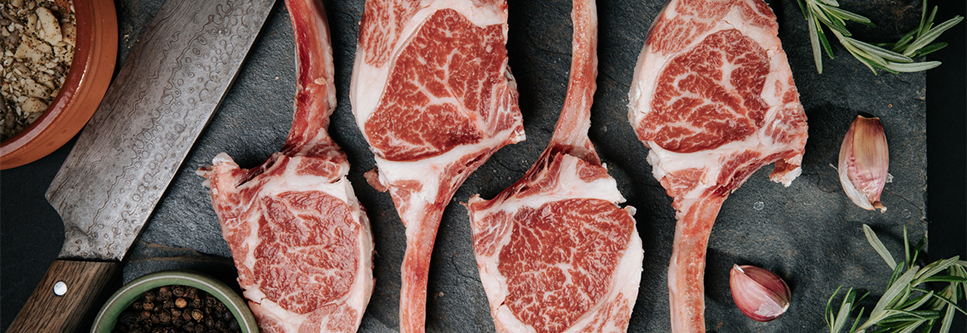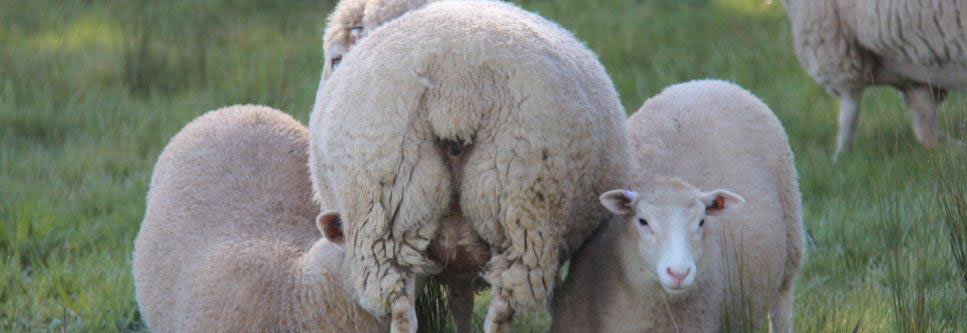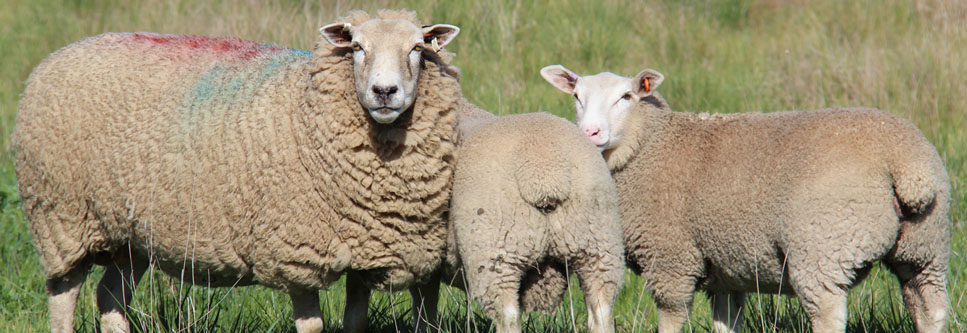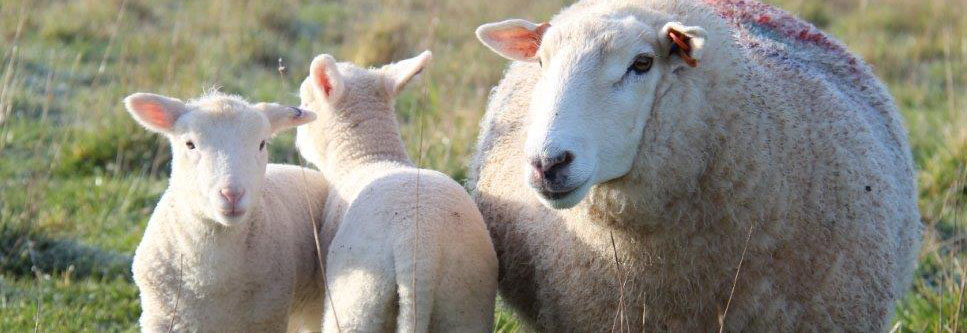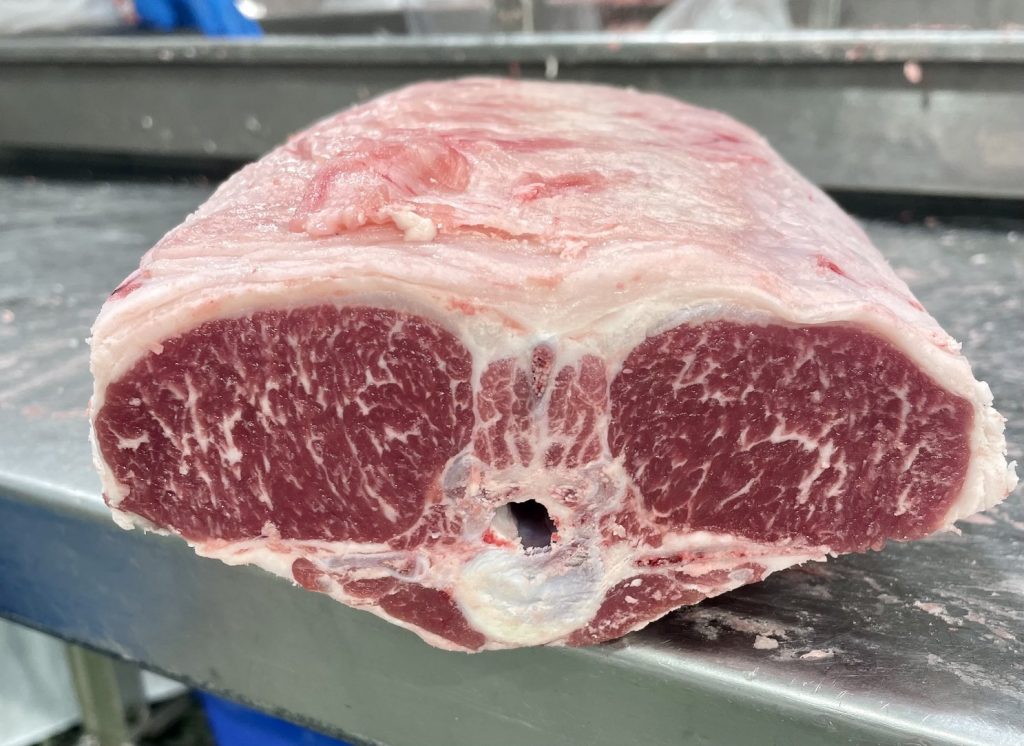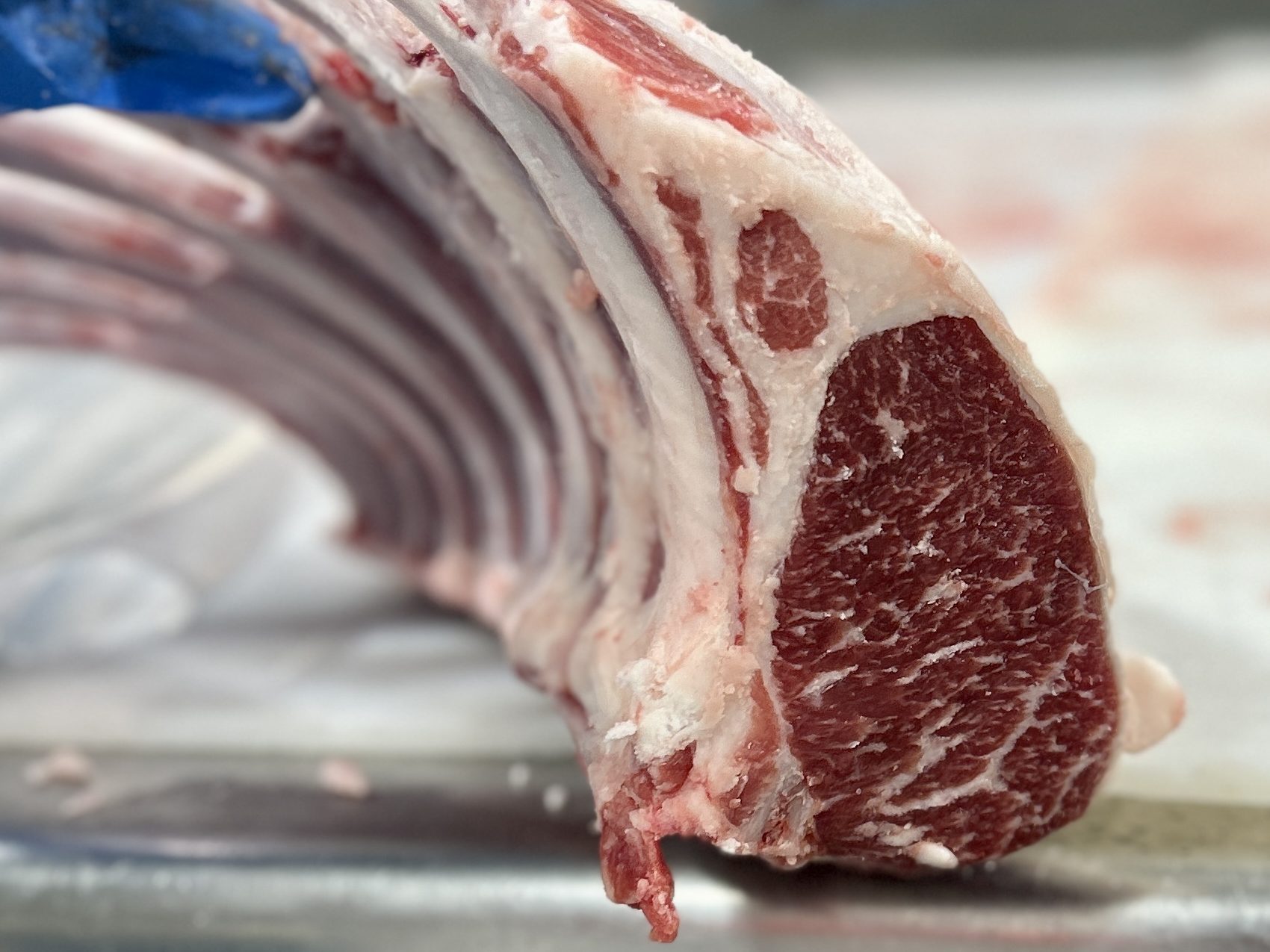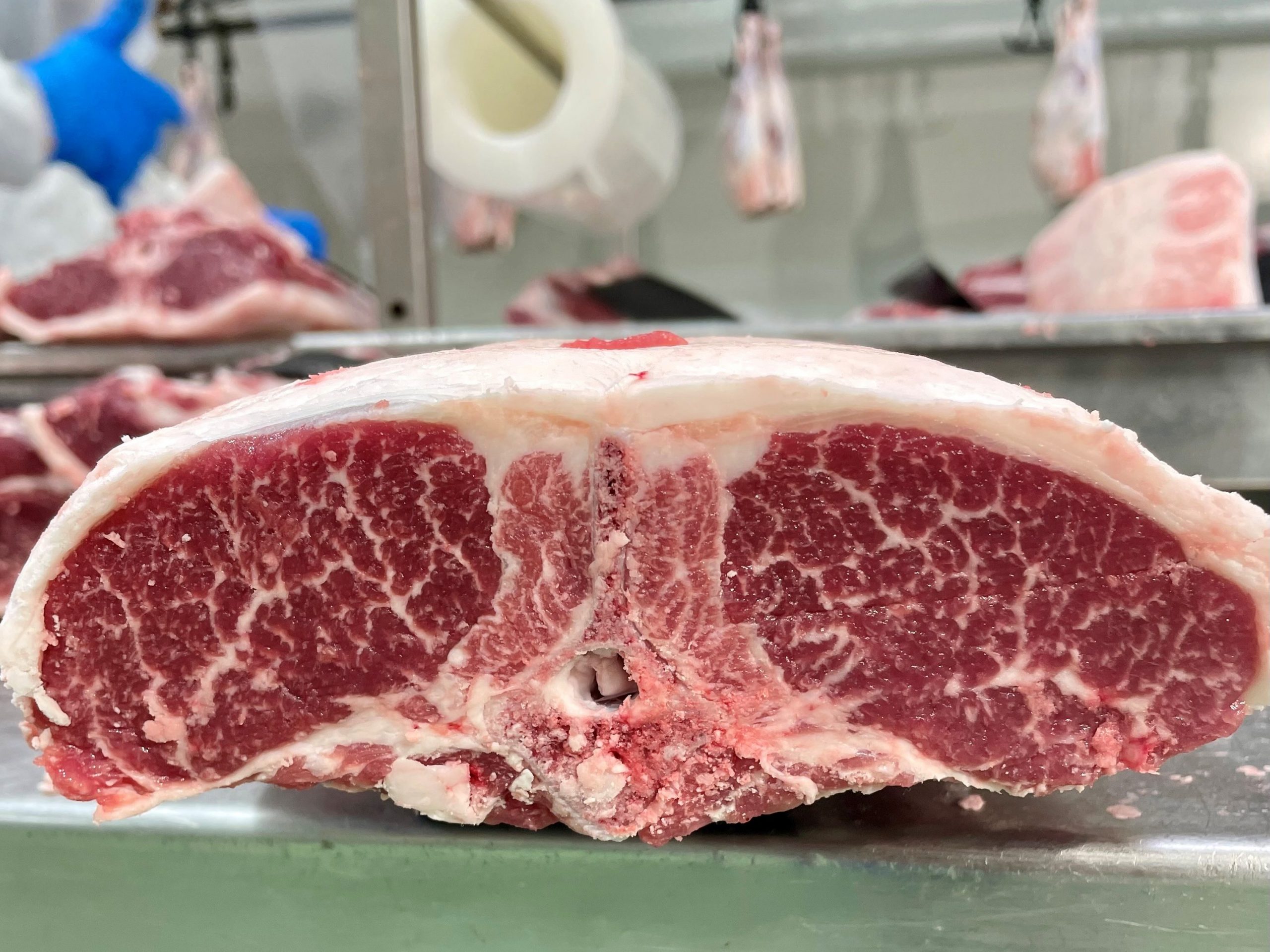Commodity isn’t the place to be
“All lamb is good”
Over the past decades, the one quote I have heard from many of the processors and retailers is ‘all lamb is good’. This generalisation is single handedly one of the biggest downfalls of the industry, and partly to blame for an indicator that’s operating around cost of production ($5.50kg) at this current time.
Consumer research conducted by MLA and the Sheep CRC shows all lamb isn’t good, driven by two key attributes:
- Marbling (Juiciness & Tenderness)
- Flavour
The sheep CRC provided some exceptional data on the impact of marbling on overall consumer experience which highlighted a significant variation in lamb in Australia. More importantly a significant proportion of the global markets will comment, Australian lamb has a strong ‘gamey’ flavour. The world is split into two camps, those who are ‘lamb eaters’ i.e. don’t mind the strong flavour, and those that are the lamb non-eaters, finding its flavour too strong.
The opportunity for lamb is to establish brands based on quality and a subtle mild flavour, establishing a point of difference to insulate producers from the commodity price race.
When I was in China recently, a large meat importer made the comment:
“We buy Australian product on price, as there is little point of difference between the major brands”
The issue with having a large percentage of lamb that is considered the same, is the basis for competition is based on price, and that concept is what has been partly responsible for the current pricing. When demand slows, inventories build, and price wars ensue, which drives new price levels in lamb.
We firmly believe the future for our clients is in the premium segment, and our work continues to help position clients in this market. Genetics is the enabler to produce premium lamb. However finishing systems within our client base need to be improved to ensure consistency.

